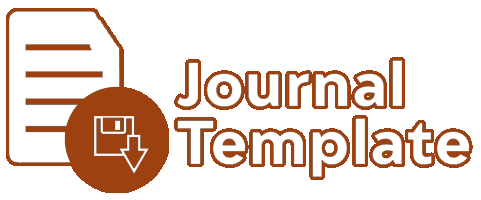The Role of Muslim Youth in Promotion Education in Cambodia
DOI:
https://doi.org/10.62990/riqu.v6i2.105Keywords:
Muslim Community, Cambodia education, Islamic education; Islamic SchoolAbstract
The Muslim community in Cambodia, generally known as “Cham”, descended from refugees from the ancient Kingdom of Champa who fled central Vietnam 500 years ago. The community has faced two main dramatic periods of persecution. The first began with the end of the Champa kingdom in the 16th century and the Khmer Rouge period lives on in the collective memory of Cambodians from 1975 to 1979, up to 2 million Cambodians were killed, with many more displaced and separated from their families. This study is to describe the situational context of the Cham Muslim minority setting in Cambodia as well as specific problems in the formal education using literature review and data analysis. On the way towards universal primary education, Cambodia has made good progress over the past fifteen years. In 2014, the net enrolment rate in primary school was 98.4 per cent, the primary school completion rate was 89.9 per cent and the literacy rate of people aged 15-24 years was 91 per cent. In Islamic education, MoEYS allocated 1,500 teaching positions with civil service status to the Islamic education school system. Of those, currently, 1,391 Islamic school teachers hold that title and receive their salaries from the RGC. Recruitment of the 1,391 Islamic school teachers to become civil service teachers was done by MoEYS, in collaboration with the Highest Council for Islamic Religious Affairs in Cambodia (referred to as Mufti), which has a leadership team appointed by the RGC. The qualitative data confirms that Islamic schools are not a monolithic entity. There are a variety of ways Islamic schools are administered, offering different curricula and serving diverse Muslim communities across Cambodia
Downloads
Published
How to Cite
Issue
Section
License
Copyright (c) 2024 Alpy Math, Che Korhoet, Hak Fary

This work is licensed under a Creative Commons Attribution-ShareAlike 4.0 International License.







